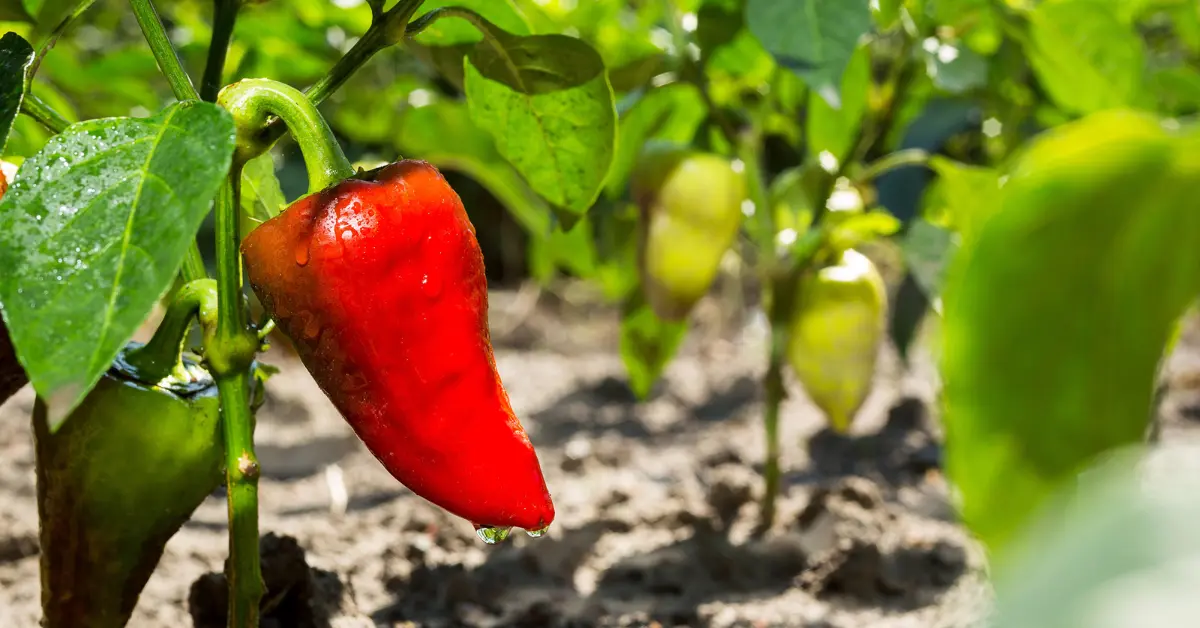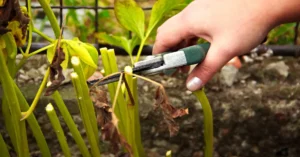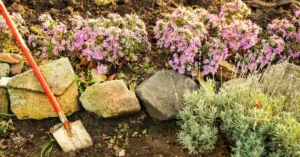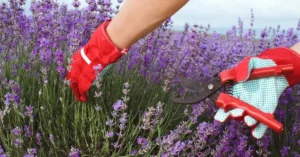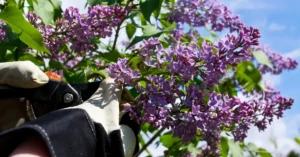Are you ready to grow bell peppers in your garden? There’s nothing quite like the taste of homegrown peppers, bursting with flavor and crunch!
Whether you’re a seasoned gardener or just starting out, growing these vibrant vegetables can be a rewarding experience.
With a little bit of know-how, you can cultivate juicy and colorful bell peppers that will elevate your meals.
From selecting the right seeds to ensuring they thrive in your garden, I’m here to share helpful tips that will lead you to a bountiful harvest.
Let’s dive into the essentials of growing bell peppers and watch your garden flourish!
Benefits of Growing Bell Peppers
Growing bell peppers offers numerous advantages for both novice and experienced gardeners. One significant benefit is the ability to produce fresh produce directly from one’s garden, fostering a sense of independence and self-sufficiency.
Bell peppers, rich in vitamins A and C, contribute to increased nutrition, making them a valuable addition to a healthy diet. Their diverse color range not only enhances aesthetic appeal but also signals varying nutrient profiles, encouraging consumption of a well-rounded diet.
Additionally, bell peppers thrive in limited spaces, allowing gardeners with small plots or container gardens to participate in home gardening. This adaptability, combined with the satisfaction of growing one’s own food, underscores the benefits of cultivating bell peppers for both health and personal fulfillment.
Starting Bell Pepper Seeds

Starting bell pepper seeds requires careful planning to guarantee successful germination and robust plant development. Begin by selecting high-quality seed varieties suited to your climate and preferences.
Proper seed storage is vital; keep seeds in a cool, dry environment to maintain viability. For the best results, initiate seeds indoors six to eight weeks prior to the last frost date, as this promotes earlier growth.
Use seed trays or biodegradable pots, planting two to three seeds per container and thinning them to the strongest seedling later. Secure a warm location for seedlings, as temperatures around 70-85°F enhance germination.
If conditions allow, sow seeds directly into the garden after the threat of frost has passed, guaranteeing they have adequate spacing for healthy development.
Transplanting and Planting Tips

Once seedlings have reached a suitable size and environmental conditions are favorable, the next step is to transplant them outdoors. Verify that soil temperatures are consistently above 70 degrees Fahrenheit to promote ideal growth.
To minimize transplant shock, acclimate seedlings to outdoor conditions gradually by hardening them off over a week. Select a sunny location with nutrient-rich, well-drained soil, spacing plants approximately 24 inches apart to allow for adequate air circulation.
After transplanting, water the plants thoroughly to establish roots, facilitating their adaptation to the new environment. Monitor soil moisture levels, providing one to two inches of water weekly, applied directly at the base to enhance plant health and vigor. This careful approach guarantees a robust crop of juicy and crunchy bell peppers.
Essential Care Techniques

Proper care techniques are essential for ensuring the health and productivity of bell pepper plants throughout their growth cycle. Conducting soil testing prior to planting is imperative, as it reveals nutrient levels and pH, enabling ideal amendments for robust growth.
Bell peppers thrive in well-drained, nutrient-rich soil, so enhancing this environment is indispensable. Additionally, employing companion planting can dramatically boost plant health; consider pairing bell peppers with basil or onions to deter pests and promote growth.
Regular mulching retains soil moisture and suppresses weeds, further enhancing plant vitality. Monitoring for pests and maintaining an appropriate nutrient balance will also contribute to a successful harvest of juicy and crunchy bell peppers. Implementing these essential care techniques lays the foundation for fruitful gardening.
Watering Guidelines

Effective watering is essential for the healthy development of bell pepper plants. Maintaining ideal soil moisture is critical, as bell peppers require one to two inches of water per week to thrive.
Employing drip irrigation can be particularly advantageous, delivering water directly to the root zone while minimizing evaporation and runoff. This method guarantees that the soil remains consistently moist without waterlogging, which can harm the plants.
It’s vital to avoid wetting the foliage, as this can lead to fungal diseases. Monitor soil moisture regularly, adjusting watering frequency based on rainfall and temperature conditions. By adhering to these guidelines, gardeners can cultivate robust bell pepper plants that yield juicy and crunchy fruits.
Harvesting Your Peppers

When determining the ideal time to harvest bell peppers, gardeners should closely monitor the size and color of the fruits.
Harvesting occurs when peppers reach their desired maturity, which varies by color; for instance, green peppers are immature versions of yellow, orange, or red peppers.
Employing proper cutting techniques is vital; use sharp scissors or pruning shears to cut the stem 1 to 2 inches above the fruit, minimizing damage to both the plant and the fruit.
This method not only preserves the integrity of the plant but also aids in maximizing flavor retention.
Regularly checking for readiness guarantees that you enjoy the full sweetness and crunchiness that bell peppers can offer, enhancing your culinary creations.
Managing Pests Effectively
After verifying that bell peppers are harvested at their peak maturity, attention must shift to protecting the plants from pests that can threaten their health and yield. Implementing effective pest control methods is vital for maintaining a robust crop.
Regularly inspect plants for common pests, such as aphids and blister beetles, and take immediate action upon detection. Introducing beneficial insects, like ladybugs, can naturally help manage pest populations. Additionally, organic pesticides, derived from natural sources, can be employed as a safer alternative to chemical solutions.
These measures not only preserve the environment but also guarantee that your bell peppers remain healthy and productive. Timely intervention is essential to minimize damage and safeguard your harvest.
Have you ever grown bell peppers at home in the garden or in a pot? What were your biggest challenges?

